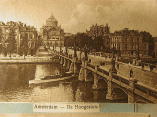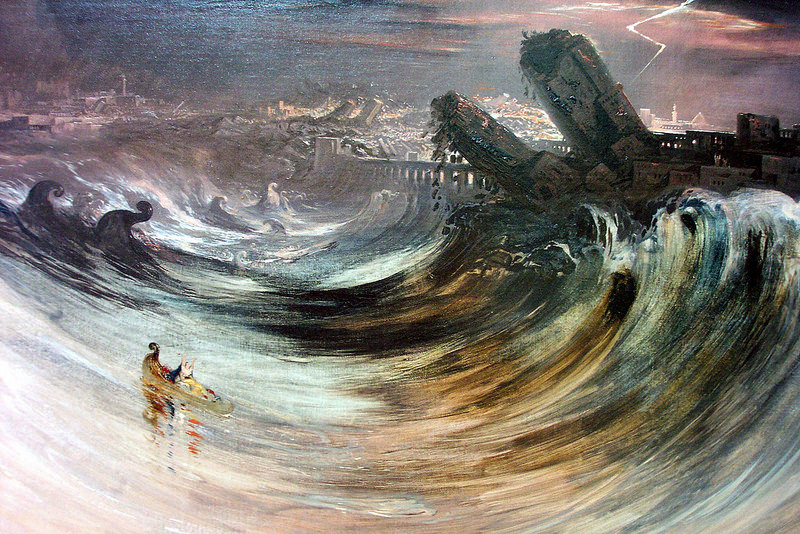Last week I wrote about the use of narratives in strategic foresight using the speeches of Steve Jobs as examples (see last week’s blog). Narratives can be helpful in finding opportunities and limits in a challenging environment. Van Cattenburg & Duijn (2019) present in their new article in Futures, how the allegorical narratives of William Shakespeare (1564-1616) can be used in strategic foresight and complex issues such as sustainability.
The allegory, can be described as a narrative that conveys a particular message. An allegory can enrich a narrative, where the reader is invited to search for meanings, which can be applied to reality, instead of juist following the story. For that reason allegories can be used as an instrument for learning, because allegories are more to be seen as a figure of speech that convey a deeper meaning and it is up to the reader to understand and assimilate the underlying context.
Famous allegories are e.g. Gulliver’s Travels by Jonathan Swift, about a man and his travels; Animal Farm by George Orwell in which a farm governed by animals represent the communist regime of Stalin in Russia before the Second World War; The Alchemist by Paul Coelho about a character’s journey to convey the writer’s belief in the meaning of life and the importance of following one’s dreams. Shakespeare is well known for using allegories.
Van Cattenburg & Duijn (2019) relate in their article a specific case of the renovation of the Hogesluis Bridge in Amsterdam during 2003 – 2012 to Shakespeare’s The Tempest (a play written in 1611 that is full of symbolic meaning). The renovation of the bridge was a complex and controversial challenge to find a sustainable solution for the monumental bridge.

The renovation process was positioned over time according to the play of Shakespeare in five episodes and the roles of the different professional stakeholders were translated to the characters in The Tempest (see figures).


In their article, Van Cattenburg & Duijn (2019), show that the allegorical pattern is useful to reflect on all relevant perspectives to stimulate integral learning. The allegory can also be used for complex challenges in the future, where we can learn from the different stages and participants. Just as in Shakespeare’s allegories, we should be aware that roles may change as well as the relation between people and (physical) object for decision-making for sustainable futures. The allegory can be a useful tool to reflect and to challenge the story of a company, strategy or issue and to anticipate alternative futures.
In my opinion the article is well written and is a great example how we can use allegories in strategic foresight to find sustainable solutions for the challenges we face today.
Literature
van Cattenburch, I. H. C., & Duijn, M. (2019). Shakespeare’s learning futures: The application of Shakespeare’s allegory as interpretative scheme for sustainable decision-making. Futures.
Cover photo by Onasill ~ Bill Badzo – 62 Million – Thank You on Foter.com / CC BY-NC-SA
Photo by janwillemsen on Foter.com / CC BY-NC-SA

